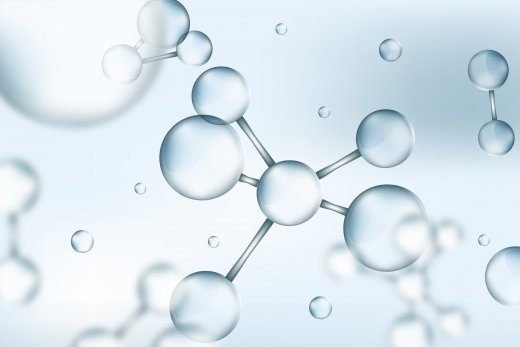30/11/2017
Vancomycin - A last-resort antibiotic
The biomarker of SensUs 2018 is the antibiotic drug vancomycin, for which student teams from 13 universities will design, build and test their new biosensors. Currently, there are no rapid biosensors available for measuring vancomycin. So how will a biosensor change the future? What will be the benefits of a biosensor for measuring vancomycin?
Vancomycin
Vancomycin is a very powerful antibiotic, however, it is difficult to dose correctly. A too low dose makes vancomycin ineffective and a too high dose gives side effects such as kidney damage. Dosing needs to be optimized to obtain a therapeutic and non-toxic exposure, while pathogens are very different from one another. One pathogen might need a high exposure to be killed, while another might need a low dosing. As all patients are different and respond differently, it is important to regularly check the drug level in the body, which is called Therapeutic Drug Monitoring (TDM). This is particularly the case for vulnerable patients, for example patients in the intensive care.
What benefits could a biosensor give?
Vancomycin is presently measured by taking blood samples of patients and testing these in a laboratory. This is a slow process of a day waiting time and is therefore not used often in medical practice. A rapid biosensor can be a solution, as it would give a direct individualized result and ensure that the antibiotic treatment is as effective and safe as possible.
The increasing problem of antibiotic resistance makes it crucial to use a drug like vancomycin as efficiently and effectively as possible. The pathogen should be completely driven away, without causing irreversible toxic effects to the patient. A biosensor can help to deliver the optimal treatment.
We look forward to the biosensors that the teams will develop, to improve healthcare in the field of antibiotics treatment!

Facebook
YouTube
LinkedIn
Instagram